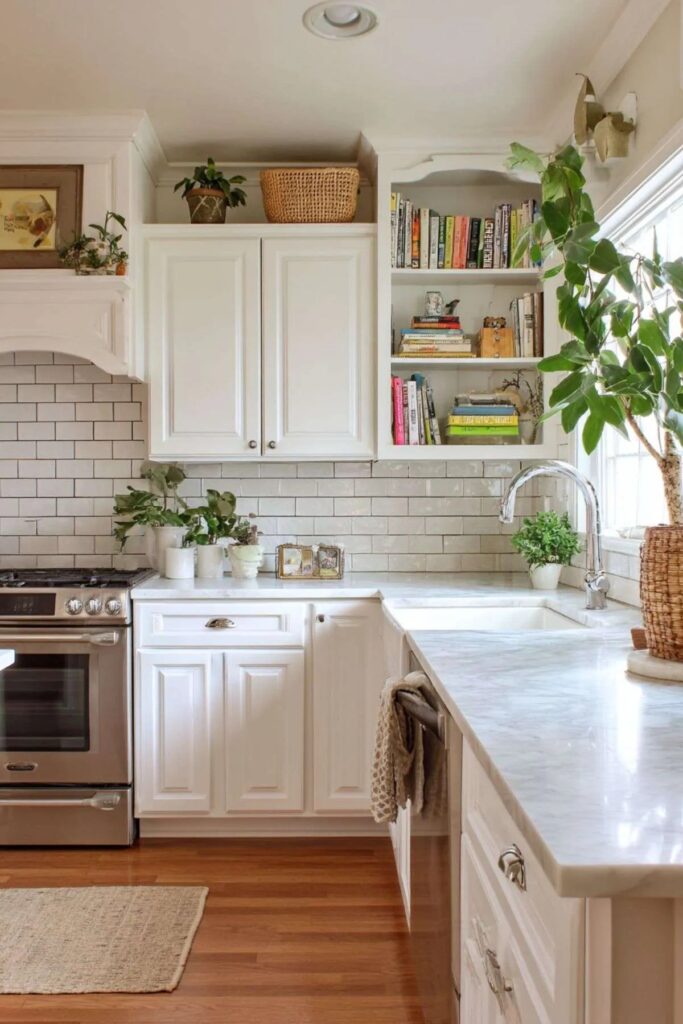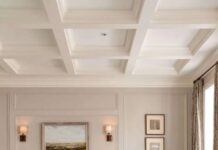Interior design trends can be captivating, but they often lead to quickly dated spaces. Have you ever walked into a home and thought, “This style feels so 2010”? It’s a common experience. While it’s tempting to follow the latest trends, being mindful of what’s in vogue can save you from costly renovations down the line. In this article, we’ll explore how to choose timeless design elements that won’t lose their charm over time, while still allowing you to express your personal style.
You’ll discover practical tips on selecting colors, furniture styles, and decorative accents that stand the test of time. Plus, we’ll highlight a few trends that may be worth considering, but with a focus on longevity. By the end, you’ll have a clearer understanding of how to create a home that feels both current and enduring.
Understanding Timeless Design Elements
When it comes to creating a lasting interior, some fundamental elements never go out of style. Consider these factors:
By focusing on these core elements, you can build a foundation that remains appealing regardless of changing trends.
Incorporating Trendy Accents Wisely
While timeless elements are crucial, incorporating trendy accents can breathe life into your space. But how do you do this without committing to a fleeting trend? Here are some ideas:
By using these strategies, you can stay stylish without risking a major overhaul every few years.
Choosing the Right Colors for Longevity
Color selection plays a significant role in the longevity of your interior design. Some colors simply age better than others. Here are a few guidelines:
Ultimately, a thoughtful color palette can enhance not only the aesthetics of your space but also your overall well-being.
Final Thoughts on Personal Style and Trends
While it’s essential to stay aware of design trends, your home should primarily reflect who you are. So, how can you balance personal style with timelessness?
By embracing your unique style while being mindful of design longevity, your home can remain both personal and timeless.




